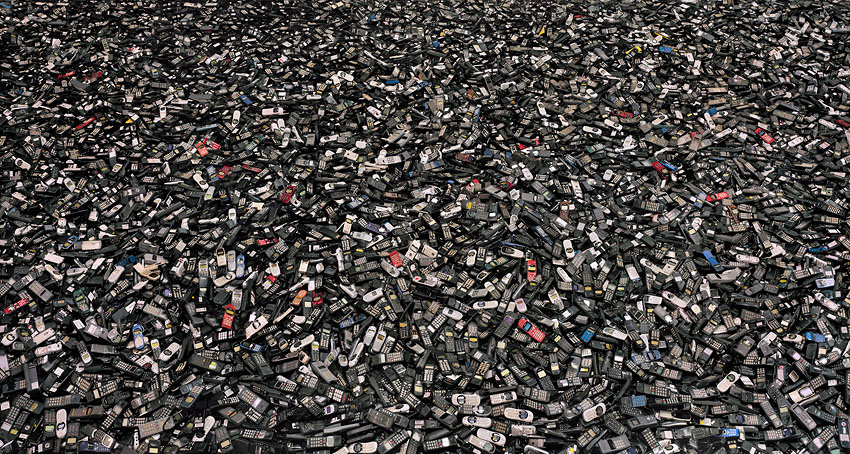El último minuto del día de mañana (junio 30, de 2015) va a durar 61 segundos. Todos tendremos un segundo extra.
Es necesario para mantener sincronizado nuestro horario universal -lo que es un verdadero lío-, en base a dos de los criterios más comunes que conocemos hasta ahora para medir el tiempo (uno muy reciente y otro muy antiguo):
1. El UTC (Coordinated Universal Time), que es el que se mide con relojes atómicos en laboratorios científicos como el TAI (Temps Atomique International), en Francia
2. La rotación de la tierra, que obviamente es algo que ya también los astrónomos -como los del IAU (International Astronomical Union)- hacen con precisión infinitesimal. Lo que lleva a la conclusión que la tierra cada vez gira más lento.
Si eres de las muchas personas que creen que el tiempo es lo más valioso que existe, esto es como si te regalaran un granito de oro temporal. Increíble, no?.
Por otro lado, si eres de las que entiende que el tiempo es algo que realmente no existe (es un criterio inventado, como lo acabo de plantear en un posteo reciente), pues te parecerá normal y seguro el que haya un ajuste de este tipo ni te asusta ni te sorprende en lo más mínimo.
Todos ganamos. Disfruten su segundo extra…
Earth’s rotation is slowing, everyone gets an extra second this week..
Atomic clocks around the world will coordinate the leap second, which is necessary to keep Coordinated Universal Time (UTC) — the system that guides most international civil times systems — synced with the Earth’s rotation.On Tuesday, atomic clocks should read 23:59:59, then 23:59:60, before switching over to Wednesday with 00:00:00.
Michael Wouters, head of the Time and Frequency team at Australia’s National Measurement Institute told Mashable Australia the leap second is being introduced because the difference between UTC and astronomical time has come close to one second.Atomic time or UTC is based off highly accurate atomic clocks, but scientists also maintain time scales based on the rotation of the Earth using a technique called Very Long Baseline Interferometry (VLBI) that uses radio telescopes to measure the Earth’s orientation. “These two things don’t always agree with each other,” he said…
http://on.mash.to/1RM3OwO





